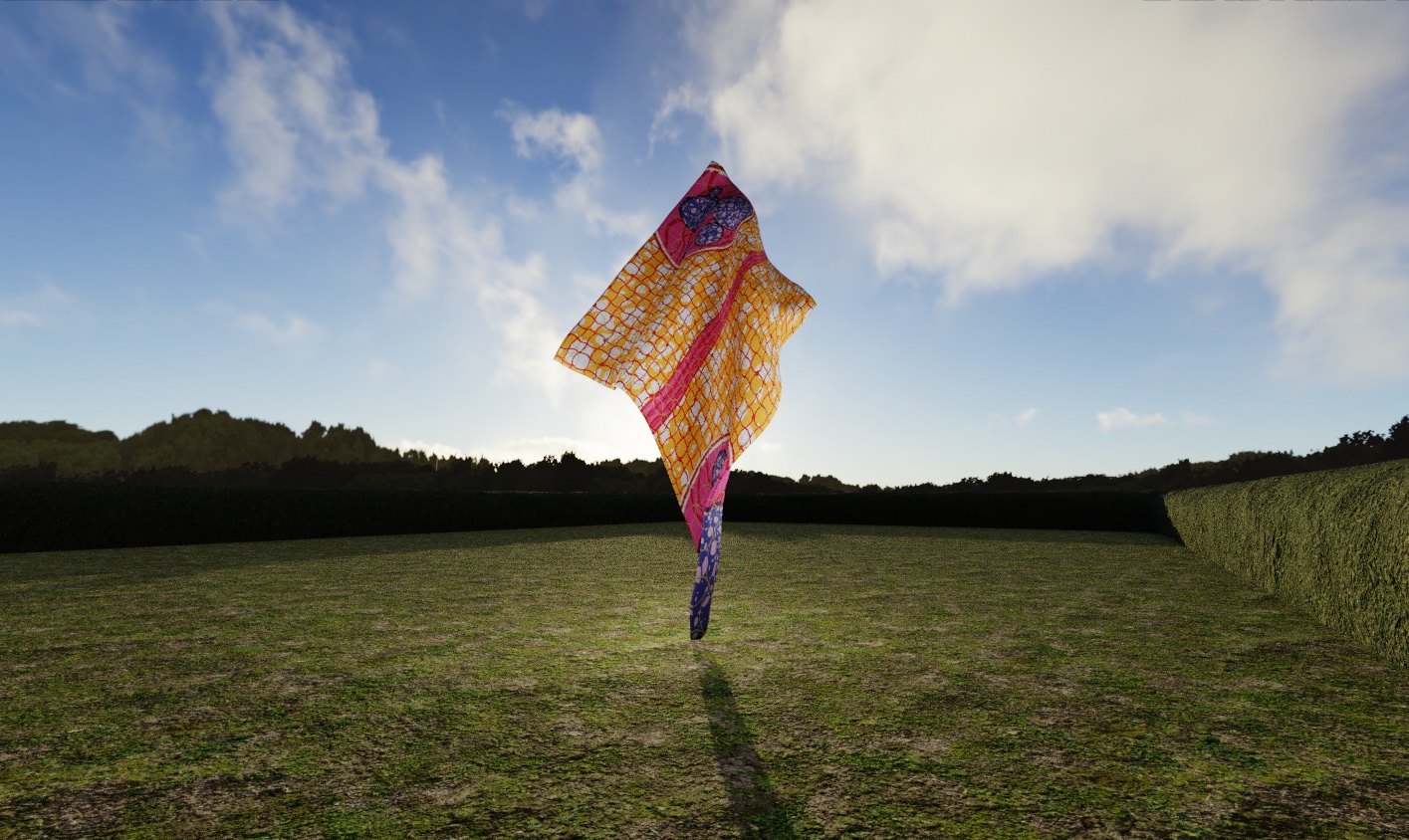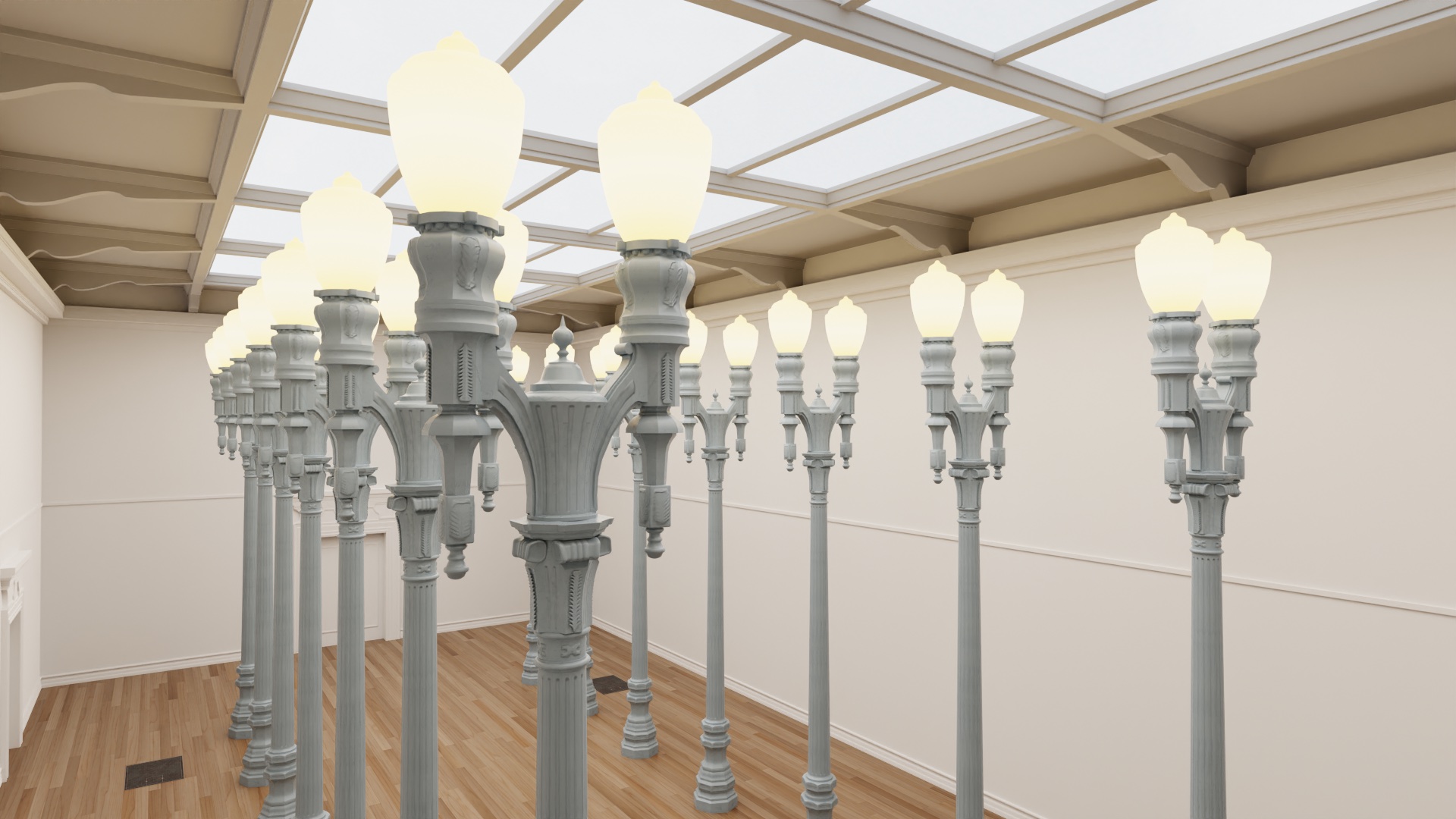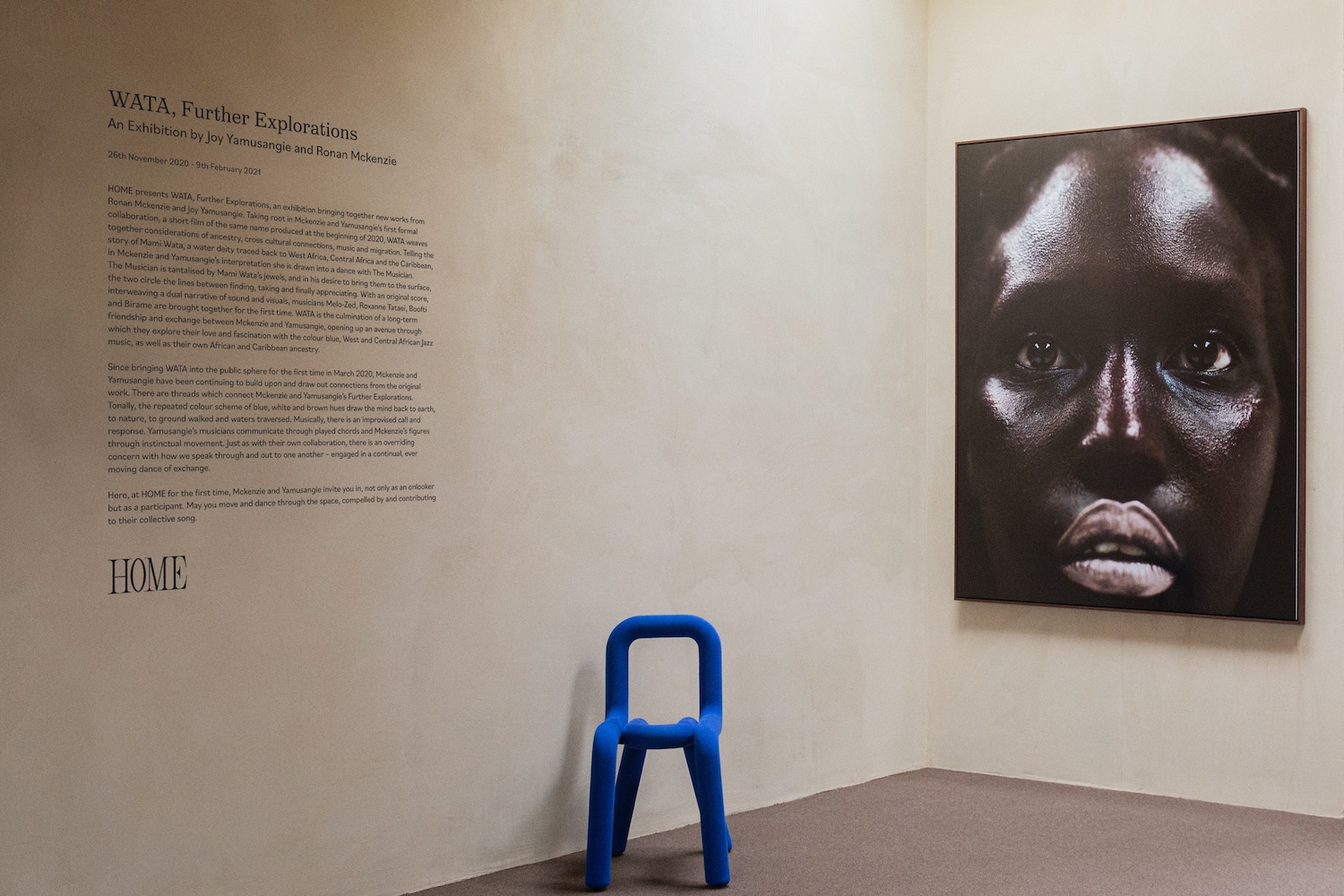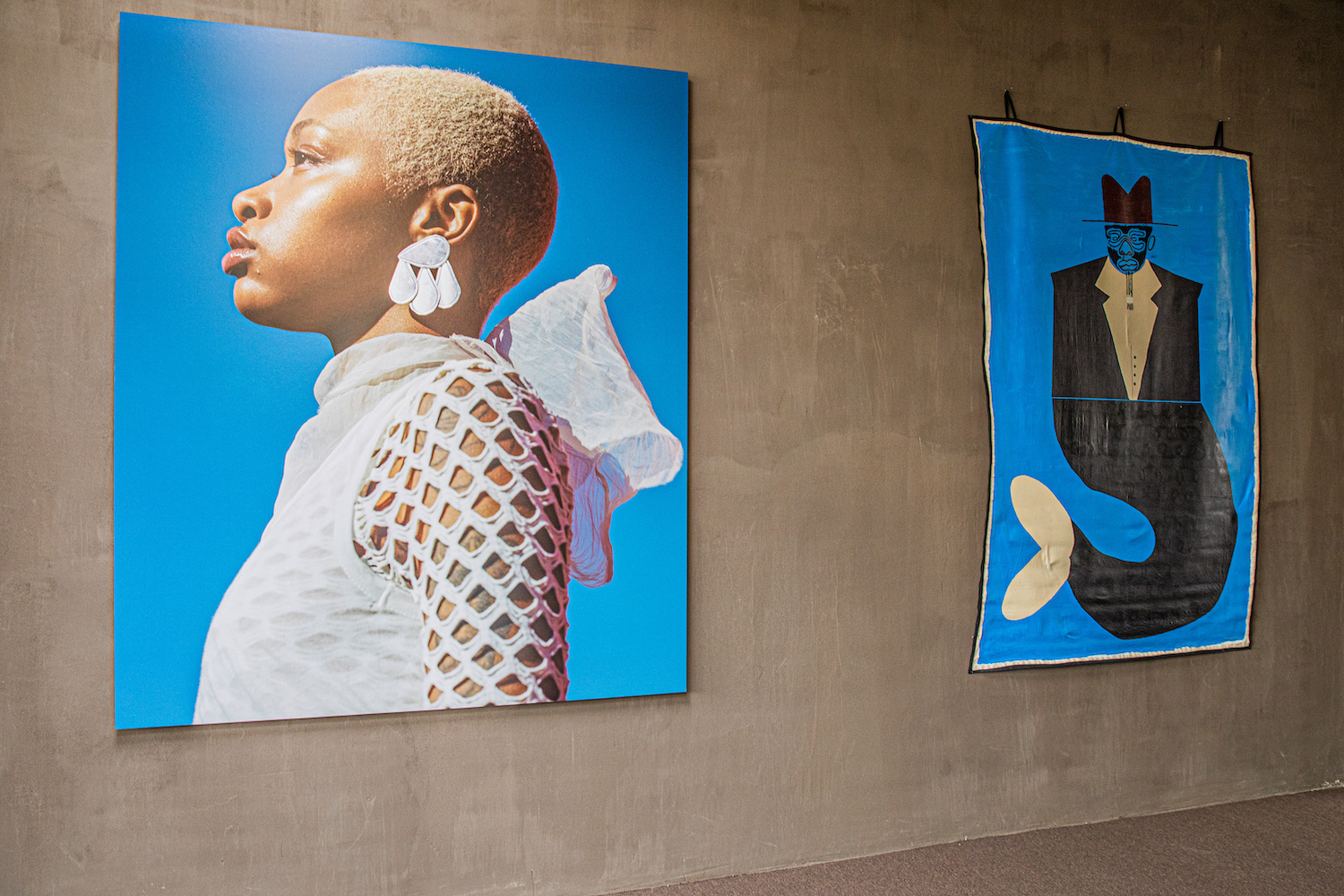This article is printed in the latest issue of British Journal of Photography magazine, Humanity & Technology, delivered direct to you with an 1854 Subscription.
When Covid-19 forced cultural institutions to close, exhibitions and events migrated online. But how much of this has centred on the needs of disabled communities, who called for remote access long before the pandemic?
Throughout the past year, governments worldwide have enforced a series of lockdowns that have reshaped lives, forcing many to stay at home for months at a time and seek out new forms of socialisation and engagement. However, some (myself included) have been facing social isolation long before the global crisis of Covid-19.
As an individual working in the arts – as a curator, writer and artist – I have routinely missed out on exhibitions and fallen behind on cultural events. I have had to accept that my impairment means I am largely locked out of the art world when I am too unwell to leave the house. This shifted in mid-2020. Following the widespread closure of galleries and museums across the world, countless cultural venues took their programming online. Suddenly I could view moving-image works, exhibitions and even theatre productions from the comfort of my bed.
In a 2020 essay for Gelatina, an annual festival for art and thought, Sophie Hoyle reflects on how remote access to cultural events was only deemed “necessary” once able-bodied people were forced to stay home. It was a point similarly stressed by Mimi Butlin in an article for Grazia in April 2020, which notes that prior to the pandemic, there weren’t resources or off-site access to culture for those unable to leave home.
When I speak to Hoyle over email in May 2021, nearly a year on from their original essay, it seems they have had similar experiences to myself, being able to view far more programming online. “Previously there wasn’t often an ‘alternative’ to attending in real life, so I put time and energy into attending events to the detriment of my health,” they say. “When I wasn’t able to be there [I was aware of] how I felt more alienated or disengaged from the arts, not only in terms of ‘discourse’ or ‘the conversation’, but also the community and support networks that formed around these.”
Over one year since the advent of the pandemic, how much of this move to online programming has truly centred on the needs of disabled communities, who have been calling for remote access long before Covid-19? With vaccination programmes ramping up in the UK, there is talk of a ‘post-Covid’ society. It is reductive to presume that we are through to the other side of the pandemic, especially with many countries still experiencing rising infection rates, deaths, and limited access to vaccinations. However, the idea of a post-pandemic society does raise questions about what the lasting effects might be. For cultural venues, it remains to be seen whether flexible working will impact attendance numbers once people can return to the office. And there is the overriding concern as to whether Covid-19 has transformed display culture. As galleries and museums reopen, how much online programming will remain in place?
The launch of theVOV – a new online viewing platform – in April 2021 suggests there may be a permanent alteration to the way we access culture. theVOV has initiated the digitisation of historic exhibitions from 15 leading British institutions, including Tate, National Portrait Gallery, Spike Island and Goldsmiths CCA. Rethinking how we engage with artworks online, theVOV simulates the gallery experience through coded replicas of archived exhibits. Viewers can navigate the viewing space using the arrow keys on the keyboard and mouse. It is the first time that many of these shows – such as Andreas Gursky’s 2018 retrospective at the Hayward Gallery, and Ibrahim Mahama’s Parliament of Ghosts at the Whitworth in 2019 – have been available online. theVOV has opened up considerable potential for remote access. Yet to what extent has this technology-led initiative kept disabled communities in mind?
As someone who is adept at using technology, even I found the functionality of theVOV challenging. Moreover, there is a wider implication for the institutions involved. Moving forward, will they select a limited number of shows to reproduce online, or will they incorporate remote access to their entire programme? Arguably, access adjustments should be built in from the start to ensure that disabled communities can experience events in the same timeframe as able- bodied people. Archiving exhibitions opens up historic culture, but without the same concessions in the present we cannot mark these adaptations as truly disabled inclusive.
Comparatively, London-based gallery HOME by Ronan Mckenzie, which launched in November 2020, presents its exhibitions online through installation photography. A click-through function clearly displays each artwork, without having to manoeuvre the viewpoint. Providing online imagery of installations is not a new phenomenon, but for leading cultural institutions, such as Tate, publishing online photographs of paid exhibitions that depict all the works on show is not standard. Nor does the institution offer an online option behind a paywall to maintain their ticket revenue.
Significantly, online viewing is not the only accessibility adjustment HOME has made. Essays are provided with an audio accompaniment, and the website clearly outlines its disability policy. Modelled on Carolyn Lazard’s open resource, Accessibility in the Arts: A Promise and a Practice, it includes measurements of the gallery’s lift and toilet, as well as clear information on transport links and available seating.
While Tate galleries do have dedicated accessibility pages, they simply state the availability of “accessible toilets” and a “large lift” (the latter based on Tate Britain’s information) without providing measurements. Planning a visit to a public space as a disabled person is complex and time-consuming. Lazard’s guide notes that qualifiers such as ‘large’ are imprecise and do not allow visitors to ascertain if their mobility aids will be accommodated. A lack of information leads to less clarity around whether a space can actually be accessed. Artist Abi Palmer emphasised this in a series of tweets in August 2020 about the display of her work at a Tate Lates event. Palmer wrote: “I live 20 mins from Tate and have never attended a Tate Late because they provide zero access info.”
Accessibility cannot begin or end with online programming. Remote access is a necessary component in ensuring no one is frozen out from culture. But for institutions to be truly disabled inclusive, their online platforms must be usable. Remote access alone does not ensure that disabled communities can easily navigate and engage with a gallery’s output. Adjustments that need to be considered include (but are not limited to) navigable user-friendly interfaces, audio versions of written text, British Sign Language interpreters for online talks, subtitling and audio description.
While arts institutions are taking steps to break down the barrier of having to physically exist in a space to engage with art, we must ask: who is this truly for? If online outputs are still built for able-bodied and neurotypical people, then a move online is driven by audience numbers, not disabled inclusivity. As we enter a new era impacted by Covid-19, we must ensure that disabled communities are not locked out; they must be front and centre.




